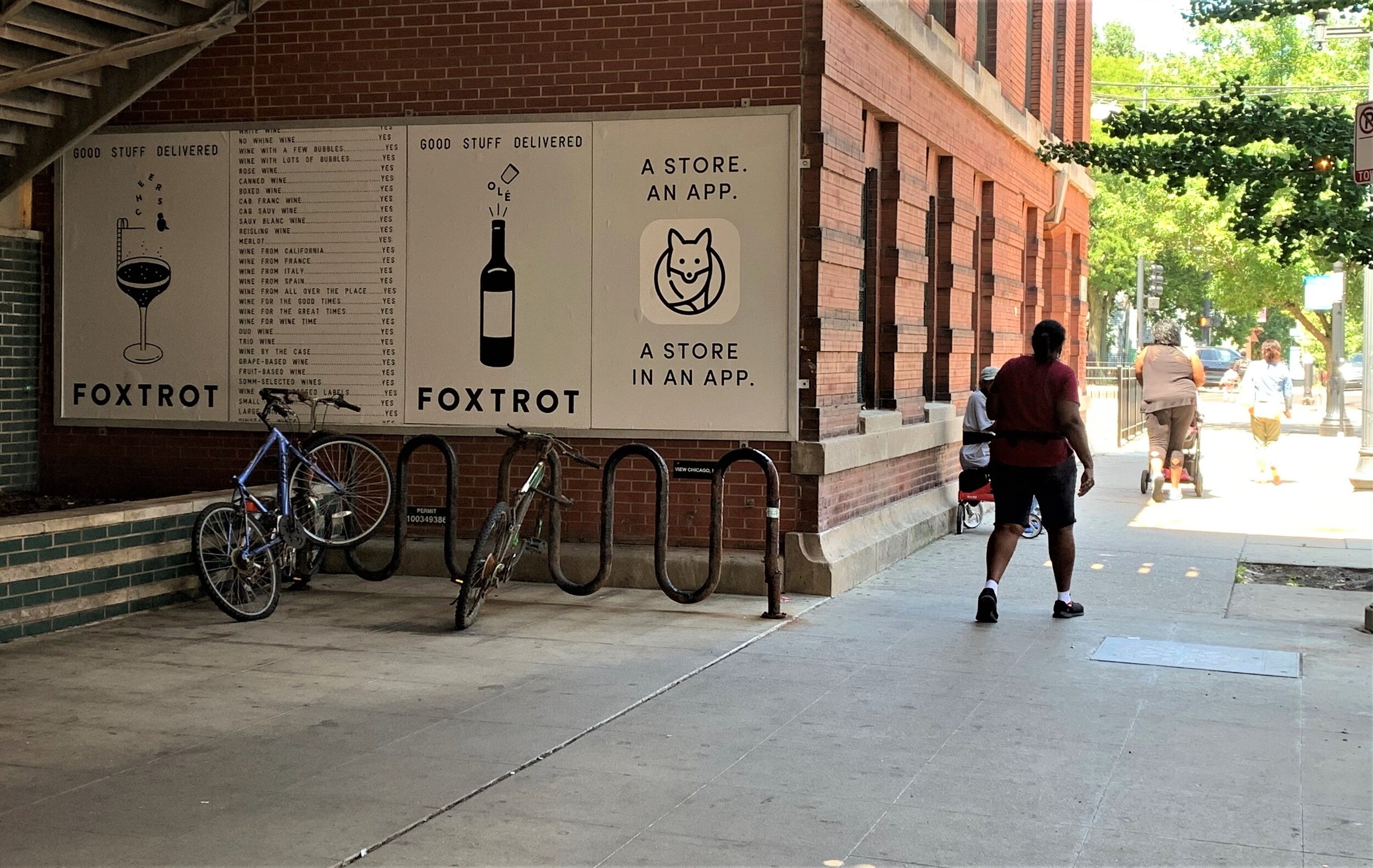Some advertisers are intent on claiming that social media is the best way to measure impressions and engagement with your campaign. We’ve written previously about how that is false. The truth might actually be the opposite: OOH has much more robust ways to track audience interaction that cannot be faked. These are real people seeing real advertisements.
We care about how we can get results for our clients, so we have a strong focus on measuring many different metrics of success. Let’s go into more detail about how outdoor advertising is measured past the customer survey of “how did you hear about us?” and what modern tools can be used to learn about the efficacy of your outdoor marketing campaigns.
Location Tracking
Most people carry a smartphone in their pockets. Smartphones are equipped with location services, mapping where a person has been throughout the day. Through movement tracking, companies can learn whether or not people are walking or driving by their ad spot. These services also have the potential of determining how many of those who were exposed to an ad ended up walking into a brick-and-mortar location.
Through location data, advertisers can learn which locations are more attractive. If you are concerned about privacy, rest assured all of this information is anonymous.
Even if a person is not carrying their smartphone, there are ways to track how many people walk or drive by an outdoor ad. Geopath, the non-profit organization that audits outdoor advertising, uses many tools and metrics to determine the viability of specific areas. Through audience location measurement solutions, Geopath can measure traffic volume, vehicular occupancy, and pedestrian volume. They can determine dwell time, or how long a person engages with an outdoor advertisement, by measuring driving speed and walking speed.
Some common terms that you might encounter with location tracking are:
DEC (Daily Effective Circulation) – the number of people & vehicles that pass a location per day
OTC (Opportunity to Contact) – the number of people that could see your location.
VAC (Visually Adjusted Contact) – the number of people who saw the location during the outdoor campaign.
These are the tools of the future, being implemented here in the present, and they’re available for anyone who ventures into outdoor advertising. Though some may see OOH as an older mode of advertising, the reality is that throughout the past few decades, tracking technology has made it simpler for companies to see where they should invest in outdoor advertising to reach their target audience in Chicago.
Schedule a Free Consultation
Call us today to set up a FREE consultation for your advertising needs. We can show you how we measure the efficacy of outdoor ads and speak more specifically about how it could benefit your marketing goals.
Tracking Engagement
Impressions are one way to measure success, but it’s not the most important. We want to know the actual engagement that our outdoor ads are creating. These might not be as automatic as Geopath or other forms of location tracking, but they are very helpful, especially with audience members who engage with your marketing campaign.
A tried and true way to determine how your audience engages with your ads is through interactive surveys or communication attempts. Below are some of the most common examples of this. If you have a smartphone, there’s no doubt you have encountered them:
Tracking Numbers: These are local or toll-free numbers that track all calls being made.
QR Codes: Those square, glitchy images that can be recognized with smartphone apps.
Vanity URLs: Special website domains that lead to specific landing pages based on your marketing campaign or another page on your site that’s uniquely tracked.
Shortcodes: Short, often five-digit numbers that your audience can text to receive more information or promotions.
Specific Promo Codes: Another great idea is to have an outdoor specific promo code!
So, how are these tools used? They give any campaign a call to action and make it more engaging, and results are easily measured simply by tracking their usage. If you get a call to a specific toll-free number you used in your outdoor campaign, you know the person calling saw your ad. The same can be done with vanity URLs—you can lead the people who saw your ad to a specific site that is more engaging because it presumes some prior knowledge they must have due to having seen and interacted with your advertisement.
During the initial stages of the pandemic, when there was uncertainty about which stores or businesses were open, we created a vanity URL to give companies an easy way to tell their customers they were in business: www.TellEmYoureOpen.com. Check it out for yourself and see what we can do for you!
OOH & Social Media
Pairing outdoor advertising campaigns with social media is incredibly beneficial. In this case, not only does it increase your chances of reaching your audience; including social media in your campaign can also add to your audience location measurement solutions.
A simplified version of this takes on the same strategy of engagement tracking above, except this time you can use hashtags to track your audience’s interactions. If you use a specific hashtag in your outdoor ads, you’ll be able to make an assessment about its efficacy depending on its use on social media platforms.
Furthermore, there are increasingly more technological solutions to questions that were previously very difficult to answer. For instance, a business that sells smoothies might want to ask: where is the most common place people drink my smoothies? This may have been almost impossible to answer. However, with image recognition software, algorithms can scrape social media images to quickly identify images that include the brand’s logo and determine whether an investment in outdoor advertising paid off. You could even go as far as quantifying the number of additional impressions using campaign images or tags. There are many different social media image recognition tools you can use, and the benefits of each tool will depend on the needs and goals of your marketing campaign.
Finally, a paid social media campaign can also mirror the message on outdoor advertising to increase frequency and ad recall. Using geolocation through the Facebook and Instagram targeting tools, you can target audiences who are nearby your outdoor ads and show them mobile versions of those advertisements. By doing this, you can increase engagement by 30 to 50 percent.
When marrying social media and outdoor ads, many new ideas are now possible thanks to changes in technology. The only difference is having the knowledge to leverage this information and using it to improve your marketing campaigns.
Google Analytics and Google Ads
Google has many tools that can help businesses measure the efficacy of their advertisements. Two of the most commonly used Google tools by businesses are Google Analytics and Google Ads—the first primarily to track website visits, and the latter to display ads in Google searches.
Both of these tools can be selected by geographical area. If you have an outdoor campaign, you can track website visits or Google Ads clicks to see if they happen close to your ad spots. If they do, this means people are engaging and interacting with your outdoor campaign.
There is also a technique called “Slogan Analytics”. Choose a highly-memorable and specific tagline/slogan to use in your outdoor advertising creative. Then using the many online analytics tools available to you, view how many times those keywords are being searched. This helps for the viewer who couldn’t remember the exact promo code or vanity URL. They might be more likely to remember that specific slogan or tagline that you used in the copy.
These can be seen as more tech-savvy versions of engagement tracking measures like vanity URLs and QR codes. The beauty of these methodologies is that they’re invisible to the user. They are not obvious marketing tools, but rather happen behind the scenes and therefore provide an arguably more organic representation of your outdoor campaign’s efficacy.
Contrary to popular belief, OOH has rigorous methods to determine whether ad campaigns are successful. Technology surrounding OOH has increased to the point where data can help provide businesses with all the information regarding the audiences reached with each campaign. And, of course, since the purpose of data is to learn about the past in order to improve the future, you can use the information gathered to create better and more engaging marketing campaigns.



